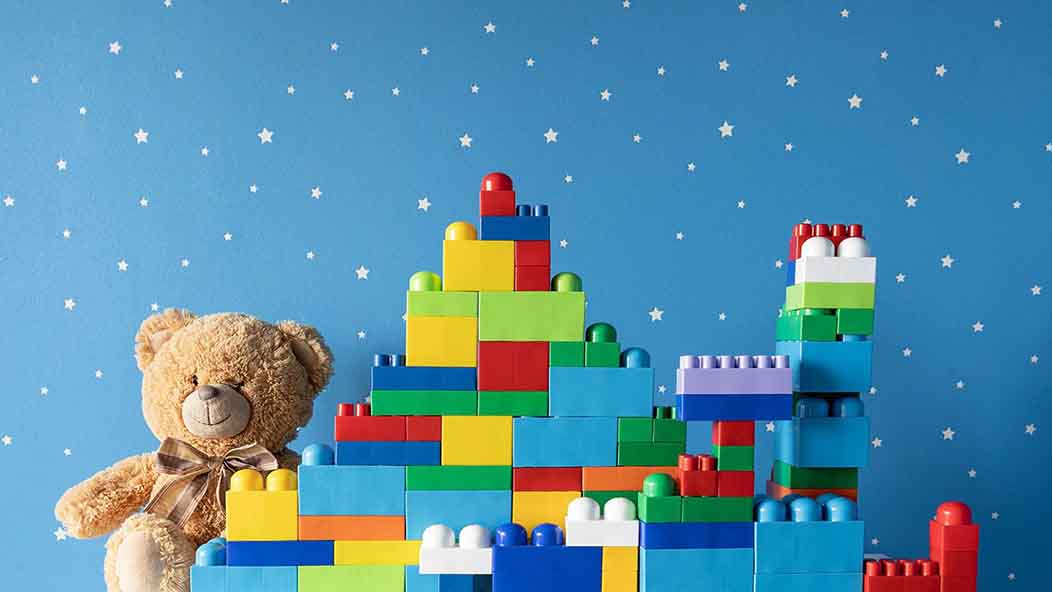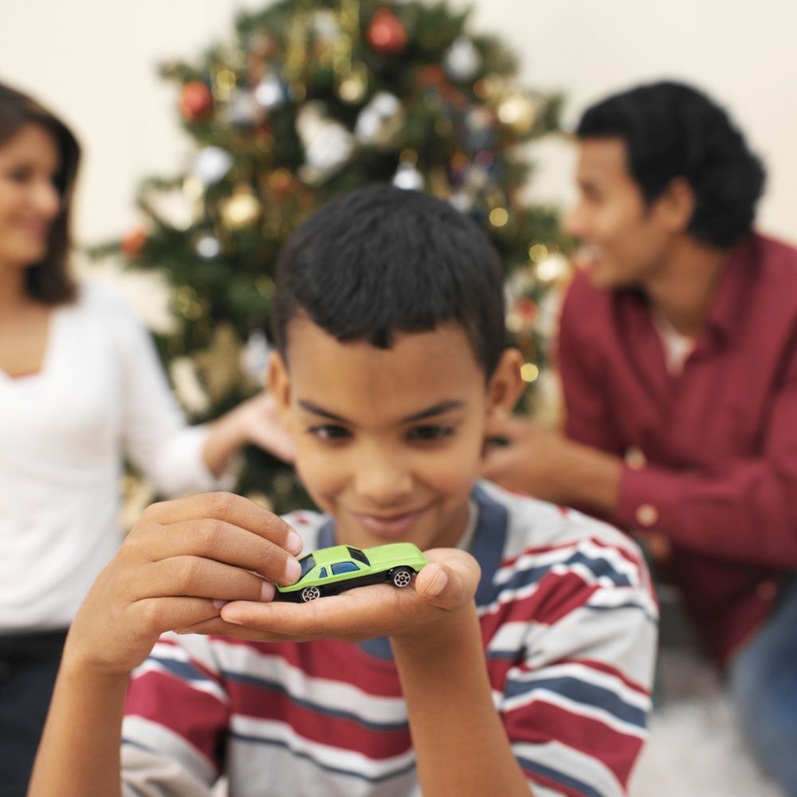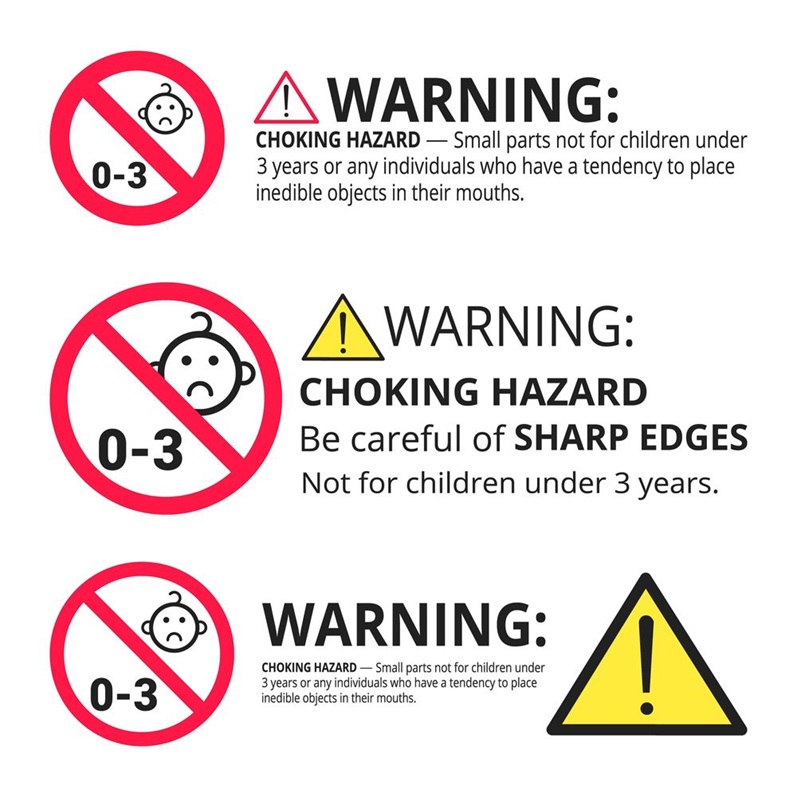Join Our eNewsletter!
Subscribe to our monthly newsletter to receive encouraging advice to help you lead a healthy lifestyle.

Toy Buying Safety Tips
Before you begin checking toys off your holiday gift buying list, it's a good idea to educate yourself on how to choose the safest toys for kids based on age and other factors.
According to the Consumer Product Safety Commission, an estimated 198,000 toy-related injuries were treated in U.S. emergency rooms in 2020. Of these injuries:
- 75% happened to kids 14 years and younger
- 73% happened to kids 12 years and younger
- 40% happened to kids 4 years and younger
- 42% were classified as lacerations, contusions, or abrasions
- 47% were to the head and face area
While most toys sold in the U.S. are required to meet safety standards, there are still possible dangers associated with some toys, particularly if they are being used by children who are not of the appropriate age to play with them.
General Safety Tips
No matter what age of child you're buying for, there are some guidelines you can follow to help ensure the toys you purchase are safe.

- Even if you believe a child is more mature for their age and may be able to safely play with a toy, it's best to adhere to the age range listed on the package.
- When buying art materials, like crayons and paint sets, make sure the package includes an ASTM D-4236 designation, which means it has been approved by a toxicologist.
- Check warnings on toy packaging and look for labels such as "non-toxic" and "UL approved" (for electronic toys).
- If purchasing any sort of riding toy, such as a bike, scooter, or skateboard, consider buying a safety helmet along with it or make sure the child already has a helmet.
- Avoid buying toys that shoot objects into the air, which can cause eye injuries.
- When buying used toys, such as from garage sales or resale shops, check to see if it has been recalled before giving it to a child.
Safety Tips for Small Children
While it's true that more injuries happen to older children, it's likely because they are not as closely supervised as small children and because older children tend to participate in riskier activities. However, since there are so many possible dangers for younger children, there are more factors to take into consideration when purchasing toys for them.

- Always avoid any toys with sharp or rigid edges or points or with small parts that could be a choking hazard for young children.
- When buying for children under age 3, avoid any marbles, balls or other rounded toys or parts that are less than 1.75" in diameter and make sure all toys and their parts are larger than the mouth of the child who will be receiving them.
- Ensure toys that make noise are not so loud they will frighten babies or young children.
- Check stuffed toys to make sure all parts are tight and secure, with no loose ribbons or seams. Stuffing that is made of small pellets should also be avoided because it poses a choking hazard.
- If you're buying gifts for a family that has younger and older children, consider choosing gifts for the older child that does not contain items the younger child could choke on if they got their hands on them.








